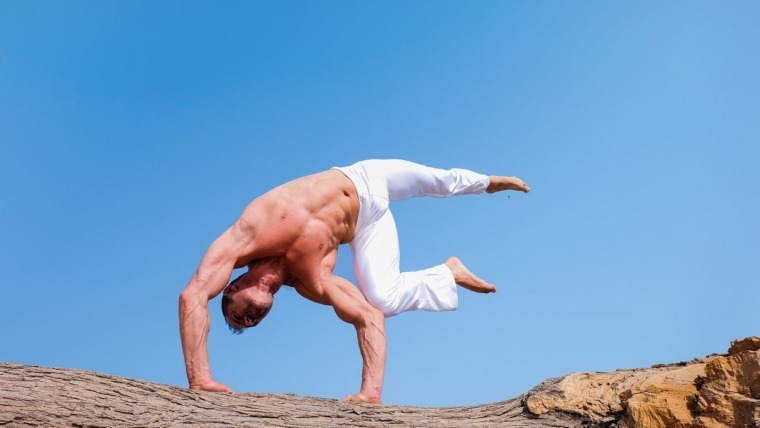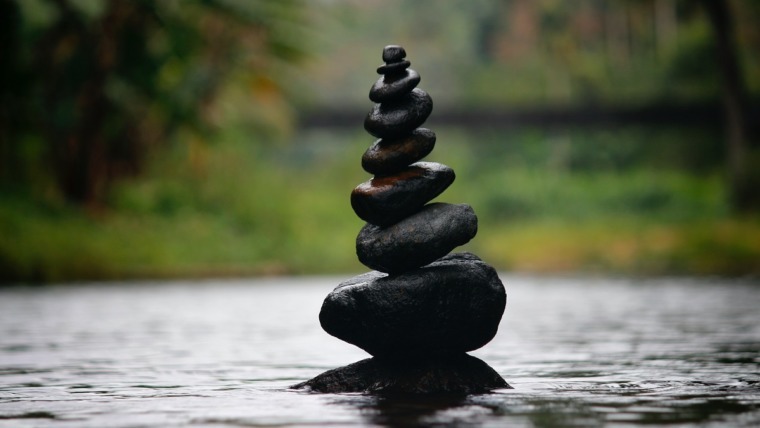
Restore and realign with your inner self
Written by Carolyn King
In today’s world, it’s more important than ever to find tools that can help us relax. Stress is everywhere, and most of us experience some sort of stress daily.
While a little stress can be productive. prolonged stress can have quite a detrimental affect on our emotional, mental and physical health.
Are you stuck in a Stress Cycle?
Ever felt like you were stuck in a vicious stress cycle? It starts off with something that causes you a little stress. And then you begin to feel your shoulders get tight, you find yourself not being able to sleep, and when you do get up in the morning you find you really can’t think clearly. All of which compounds your stress levels, which then creates more tension in your body, an even less ability to sleep and your ability to think has gone out the window.
Stress can occur for many different reasons and stress has a way of spreading. One stressed person can easily spread the feelings of stress onto another person creating disharmonic environments.

The effects of stress
- Stress increases our heart rate, our brain works faster, and we have a sudden burst of energy. This is a natural and basic response but too much, prolonged stress can have harmful effects. High consistent levels affect the brain by increasing activity in the amygdala or fear centre.
- Continual stress can affect the size of our brain and in fact make it shrink and loose synaptic connections between the neurons. This then affects the prefrontal cortex that regulates behaviours like concentration, decision making, judgement and social interactions.
- Stress makes learning harder as we take in and process less information.
- Stress affects our memory.
- Stress also affects digestion, muscle tension, our ability to sleep soundly and the list goes on.
It’s may seem impossible to completely eliminate bad stress from our life, but we can learn to avoid some stressors and manage the rest by determining what effect the stress is having on our thinking abilities and then balancing our brain back into integration.
What does Brain Integration mean?
An integrated brain is one where communication is flowing, and functioning at an optimal level. There is increased productivity, increased creativity and the ability to think more clearly.
An unintegrated brain is one where the communication between the different components is compromised. Stress is one of the biggest factors of an unintegrated brain and affects not only the communication between the different functions of the brain but also how we take in auditory and visual information.
Kinesiology is a great way to bring balance back to our emotional and mental wellbeing as well as our brain. The exercises or movements are easy to do, can be done anywhere and are great for all ages.
What is Kinesiology?
Kinesiology is grounded in the study of anatomy and physiology. It combines muscle monitoring and movement, with the principals of Traditional Chinese Medicine to assess energy and body functions. It looks at the body as a whole - Mind, Body and Spirit as one unit. If there is an imbalance in one area, then it’s probably impacting other areas. Kinesiology, through muscle monitoring allows us to determine where these imbalances are without the need for conscious awareness. That’s because when we monitor a muscle, we are looking for a change in its integrity while inputting different stimuli. Quite often we can get so caught up in the drama of our own lives that we can miss vital clues as to how we are really feeling or what is really going on.
Muscle monitoring can help determine what emotion you are holding on to, where it is sitting in your body and where in life it is affecting you. By acknowledging the emotion and working through any subsequent emotions we can clear them out of the body. This can have a powerful affect as often the emotions we hold on to can cause pain in our physical body. We also feel lighter and clearer once the emotions are released.
The beauty in a kinesiology session is that it can be done both in person and online. There are also powerful kinesiology and Brain Gym movements that can help you release any “stuck” emotions as well as stress.
Four Kinesiology movements for increased relaxation
Auriculars
HOW TO: Use your thumbs and index fingers to pull your ears gently back and unroll them. Begin at the top of the ear and massage down and around the curve, ending with the bottom lobe. Repeat three or more times.
Our ears have many pressure points which are connected to many of our neck muscles. Stress, poor posture or just sleeping on the wrong angle can often leave us with tightness in our neck. The pressure points in our ears help to release the tension in our neck muscles giving us more movement. It almost feels like you are lubricating your neck muscles.
Breathing into our belly
HOW TO: Rest your hands on your stomach. With your chin tucked and ribs relaxed, blow out all the air in your lungs in short, little puffs (as though keeping a feather airborne). On each short exhalation, press your navel inward toward your spine. Now take a slow, deep inhalation, gentle refilling your lungs. Repeat this a few more times.
Then slowly inhale and exhale from your belly. Arch your back slightly at the waist so the air can go even deeper. Repeat a few times. And then slowly return your breathing to normal.
It may sound funny but as we get older, stress and other factors can start to affect our breathing and we may end up breathing shallower. Consciously bringing our awareness back to our breathing can help increase our oxygen levels which is needed by our whole body.
Emotional Stress Release
HOW TO: Gently place your hand over your forehead. Close your eyes and take in ten deep breaths.
Often, you’ll feel a shift such as a big sigh or dropping your shoulders after a few breaths indicating you have released some stress.
Hookups
Part 1: Cross your left ankle over your right. Extend your arms crossing one wrist over the other. Bring your palms together and interlace your fingers. Bring your hands up toward your chin. Sit quietly for a minute with your eyes closed while you breathe deeply.
Part 2: Uncross your hands, arms, and legs. Bring your hands together with your fingertips touching lightly. Keep your eyes closed & breathe deeply.
I hope these movements help your body relax and please feel free to reach out if you have any questions.



